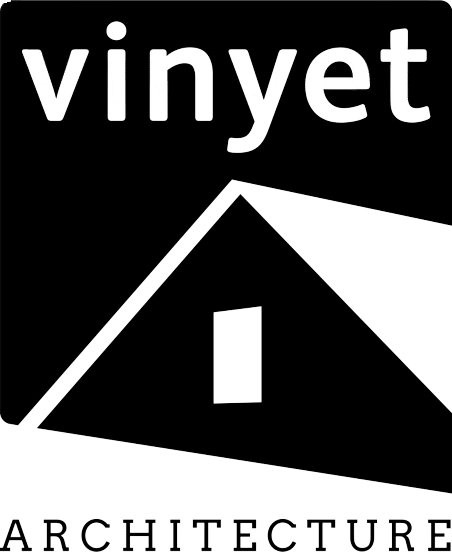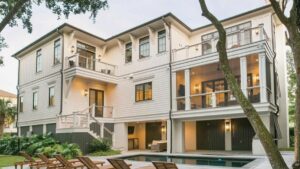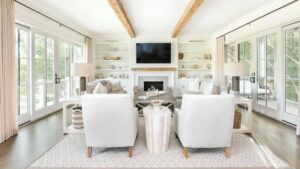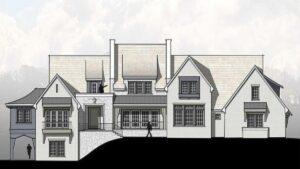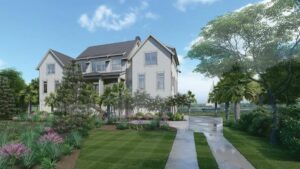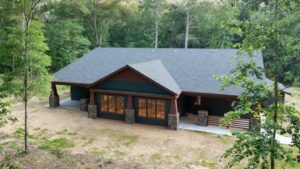Green construction is now more than ever becoming more compelling. Buildings inspired by nature can lower utility bills, extend the life of a building, and promote healthier environments for occupants. Moreover, energy-efficient building designs mitigate environmental impact. In South Carolina, the real estate and construction sectors are adopting biomimicry to become more sustainable. A good example is the University of South Carolina, which has 26 sustainable buildings on campus. If your preferences have shifted toward sustainability, we can help. Our architect in Rock Hill, SC, focuses on environmentally friendly architectural designs can help you achieve your sustainability goals.
Keep reading to learn more about biomimicry in architecture and how architects look to nature.
What is Biomimicry in Architecture?
Biomimicry, or biomimetic, in architecture, involves mimicking or imitating the solutions, systems, and patterns found in nature to create different designs. Biomimicry can shape structures in various ways, including:
- Using nature as elements
- Appearance like nature
- Functioning like nature
Examples of Biomimicry in Architecture
Here are a few examples of biomimicry in architecture.
Bird’s Nest Stadium, China
The iconic Beijing National Stadium was designed and built for the World Olympics in 2008. The lattice-like structure showcases biomimicry in design through its exterior, which comprises intricate steel cladding resembling a bird’s nest, hence its popular name. Organizers of the Beijing Olympics wanted a sustainable focus. That is why steel was used, as it’s easily recyclable.
Beyond aesthetics, the design of the Bird’s Nest uses ethylene tetrafluoroethylene panels infilled between the steel gaps. The panels provide soundproofing and protection from the elements.
Basically, the entire concept imitates the structural integrity, design, and insulation of a bird nest. The Bird’s Nest form demonstrates how biomimicry architecture inspired by nature can effortlessly combine both functionality and aesthetics.
Bosco Verticale, Italy
The Bosco Verticale, meaning Vertical Forest in English, is a perfect example of ecosystem biomimicry that doesn’t sacrifice comfort or style. The groundbreaking architectural project in Milan, Italy, comprises a pair of residential towers that incorporate hundreds of trees and thousands of perennial shrubs and plants in their design.
As a result, these deluxe apartments are energy-efficient and have helped combat smog, improving air quality in the surrounding area. It’s estimated that about 20,000 kg of carbon is converted there every year, promoting ecological health. This fascinating project is a win-win for both the environment and people.
Eastgate Centre, Zimbabwe
The Eastgate Center, a mixed-use mall and office space, is another prime example of biomimicry. Its design is inspired by how the ventilation in termite mounds works. Thanks to its nature-inspired architecture, the building self-regulates its temperature while utilizing up to 90 percent less energy than conventional air-conditioned buildings.
Just like a termite mound, warm air in Eastgate exits through a central atrium or chimney. Cool air then moves in to replace the displaced hot air. This mechanism allows the mid-rise building to stay regulated throughout the year with considerably less energy consumption.
Go Green with Biomimicry Architecture
Vinyet Architect can harness the power of biomimicry to create highly efficient designs with adequate lighting. By drawing inspiration from nature, our sustainable designs can enhance the performance of a building while significantly reducing its environmental impact. Are you interested in nature-inspired architecture? Contact us today for a consultation.
